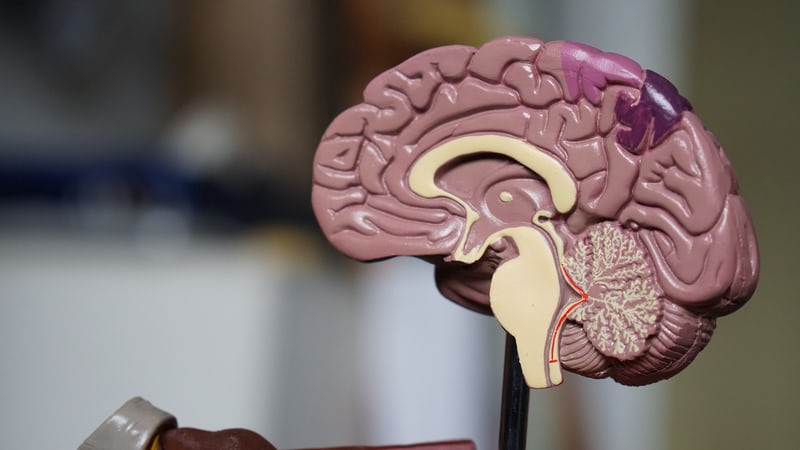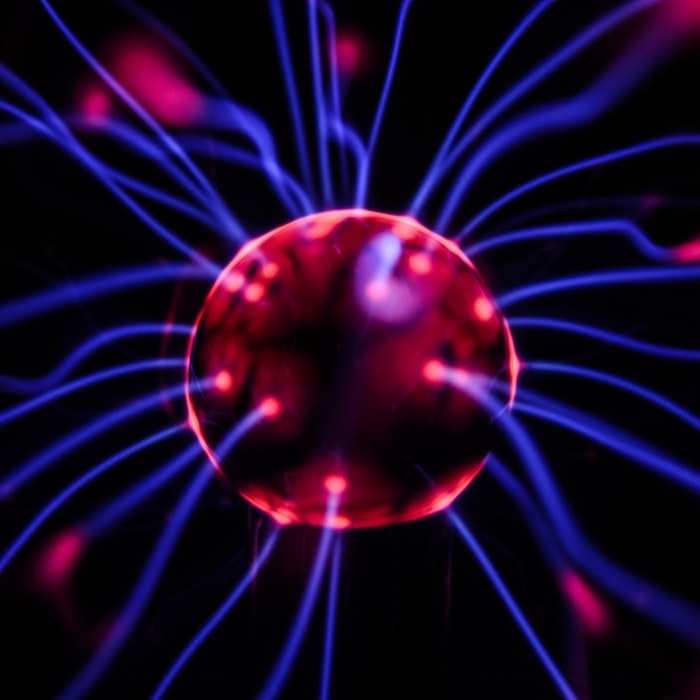A more comprehensive view of brain function
Traditionally, psychologists, psychiatrists and paediatricians look at ‘behaviour’ when diagnosing childhood disorders. At Neuroflow, we strive to go beyond this and place a strong emphasis on examining cognition and brain function, using cognitive assessments and brain mapping (QEEG).
Neuroscience research has grown immensely based on neuroimaging techniques such as fMRI and EEG. Neuroscientists look for correlations between neuroimaging results – for example more blood flow in a particular area of the brain – and correlate it with associated problems such as reading, listening or visual perception.
A diagnosis is not the whole story

The idea of the ‘diagnosis’ is based on the medical model, which ‘categorises’ problems. This works fine for medical problems, often based on a ‘virus’ or problem in a specific anatomical area. But in psychology, causes for problems are usually multiple, and include the interaction between genetic factors and experiences in the environment.
A movement in psychology is towards the ‘dimensional’ approach rather than the ‘categorical’, meaning that it is more important to find out the levels of weaknesses and strengths in the individual than to prematurely arrive at a diagnosis. The eagerness to make a categorical diagnosis can prevent understanding of broader, more fundamental problems. Understanding how an individual’s different strengths and weaknesses contribute to their overall profile is key. Thus, treatment plans can prioritise interventions for each area of weakness, while supporting strengths, in a step-wise fashion.
Take ADHD for example. This disorder is currently mainly diagnosed by scoring a rating scale of an individual’s symptoms. If cut-off points are reached and criteria from the Diagnostic and Statistical Manual of Mental Disorders, 5th Edition (DSM-V) are met, then the individual is diagnosed. Research has shown that the causes for these behavioural symptoms may vary amongst individuals. Therefore, good assessment can reveal the specific underlying brain function and cognitions involved so that targeted interventions can be implemented.
Good assessment is comprehensive and thorough, using a range of measures according to the presenting problem. These measures may include behavioural, cognitive, educational, neuropsychological and brainwave function assessments.
Neurofeedback training

Neurofeedback training is a biofeedback method whereby the individual learns to self-regulate brainwave function, thereby improving focus or sleep. Ideally, a QEEG (Quantitative Electroencephalography) investigation is first administered to identify the best Neurofeedback protocol to use. Neurofeedback is research evidence-based and found to be as effective as medication for ADHD. It is also used for sleep and other difficulties.

For more details on the Neuroflow approach, please email us or call on 0406 162288.



